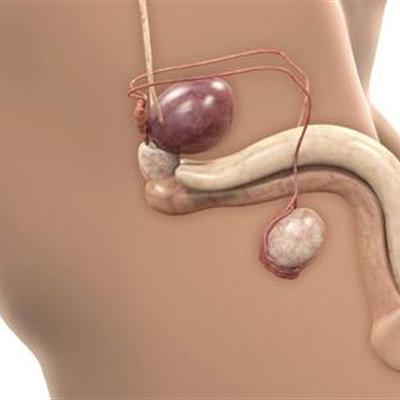Lacrimal duct obstruction in children?
summary
Nasolacrimal duct stenosis or obstruction is the most common site of lacrimal duct system stenosis or obstruction. The causes may be the formation of nasolacrimal duct malformation or congenital residual nasolacrimal duct membrane; Also because of the spread of rhinitis, so that the nasolacrimal duct obstruction under the mouth; In addition, trachoma infection makes the nasolacrimal duct epithelial proliferative changes, and lacrimal sac tumor, foreign body, trauma, such as probe detection, can lead to nasolacrimal duct obstruction. Now let's talk about the symptoms of lacrimal duct obstruction in children?
Lacrimal duct obstruction in children?
1. Lacrimal duct obstruction can cause epiphora. It should be ordered that the patients with epiphora test tears upward light test, in addition to long-term immersion tears, eyelid skin eczema can occur.

2. Treatment according to the cause of disease. The lacrimal point and the lacrimal canaliculus inflammation mucous membrane swelling causes the lacrimal overflow, should drip use the antibiotic. If the drug is ineffective, lacrimal passage surgery should be considered.

3. Congenital hypoplasia of nasolacrimal duct, chronic nasal infection, severe or recurrent eye infection, nasal or facial fracture. Nasolacrimal duct obstruction can be divided into complete obstruction and incomplete obstruction.

matters needing attention
Nasolacrimal duct hypoplasia occurs in infants born 3-12 weeks. It is characterized by tears overflowing to the cheek (lacrimal overflow). Most of them are monocular, and a few of them may also involve both eyes. This kind of nasolacrimal duct obstruction generally does not need treatment, usually with the development of nasolacrimal duct mature in half a year. By guiding parents to gently massage nasolacrimal duct area with fingertips, it is sometimes helpful to open nasolacrimal duct obstruction earlier.














